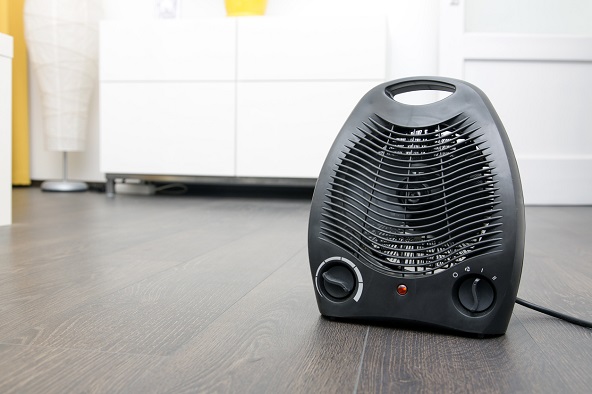
If you are one of the millions who now works from home, maintaining a comfortable indoor temperature during the cold winter months is important. While wearing multiple sweaters is perfectly acceptable, a portable electric heater might be just what you need to stay comfortable at home this winter.
Like any appliance, portable electric heaters come in a variety of models and sizes, with different features. We’ve put together a guide to make it easy for you to choose your next portable heater and use it safely.
Heaters are classified based on how they generate heat. Your choice will depend on your heating needs:
- Panel heaters could be wall-mounted or freestanding, and may include fans.
- Radiant heaters generate warmth by heating oil within the unit, though the oil doesn’t need to be refilled.
- Fan heaters distribute heat from an element using a fan.
- Ceramic heaters use a ceramic heating element and may also use a fan to spread heat.
- Infrared heaters generate heat from a surface within the heater. The heat is emitted in the form of infrared energy.
What you need to consider
Sorting through all of your options for an electric heater could take until summer. Knowing how you’ll use the heater will help you narrow your choices. Here are three questions to consider:
Will you be using the heater for temporary personal heat or to keep a room steadily warm? The size and type of heater, and the size of the space you’re trying to heat, will be factors.
Do you need instant heat, or can the heat be generated gradually? Keeping your feet warm under your desk at work for a few hours will call for a different solution than making sure guests stay warm overnight in a chilly bedroom.
What’s your noise tolerance? Any heater with a fan will generate some level of sound. An in-store demonstration will help you decide what’s appropriate.
Heater features
Personal electric heaters offer a number of features for operation, safety and heat distribution. They might include:
- A thermostat to keep the heat at a steady temperature. Some models offer a digital setting.
- Oscillation to distribute heat
- Adjustable fan speeds
- Some types of heaters may employ additional safety features, including automatic shutoff if the heater tips over, cool-touch housing, child locks, or motion sensors that automatically turn the heater off if anything gets too close.
Portable heater safety
There are a number of steps you should take to heat your home safely, regardless of the style of heater you choose:
- Purchase a heater that is safety certified, meaning it has been tested by a Nationally Recognized Testing Laboratory. Look for a safety certification mark on the packaging or the heater.
- Never leave a heater unattended when it is being used and always unplug heaters when they are not being used.
- Do not use a heater with a power strip or extension cord. Overheating of a power strip or extension cord could result in a fire.
- Avoid placing anything on top of the cord, including furniture, as it could damage the cord. String cords out on top of area rugs and carpeting.
- Keep combustible materials, including furniture, pillows, bedding, papers, clothes and curtains, at least three feet away from the front, sides and rear of the heater.
- Keep flammable materials, such as gas and paint, away from the heater.
- Do not use heaters in wet or damp areas unless they are designed for bathrooms or outdoor use. Moisture may damage heaters not designed for this.
- Periodically check the plug and outlet for a secure fit. The outlet may need to be replaced if the plug does not fit snugly or if the plug becomes very hot. Consult with a qualified electrician to replace the outlet.
- Don’t plug any other electrical device into the same outlet as the heater. It could result in overheating.
- Keep children away from heaters and do not place one unattended in a child’s room.
- Place heaters on a flat, level surface. Only use heaters on table tops when specified by the manufacturer. Do not place your heater on furniture. It could fall, dis¬lodging or breaking parts in the heater.
- To reduce the risk of hyperthermia, which can be fatal, do not leave space heaters operating unattended in a confined space around infants or individuals with reduced sensory or mental capabilities.
Have a warm, cozy winter. You’ll be looking for air conditioners before you know it. (And if you want to get an early start on AC shopping, we have you covered.)

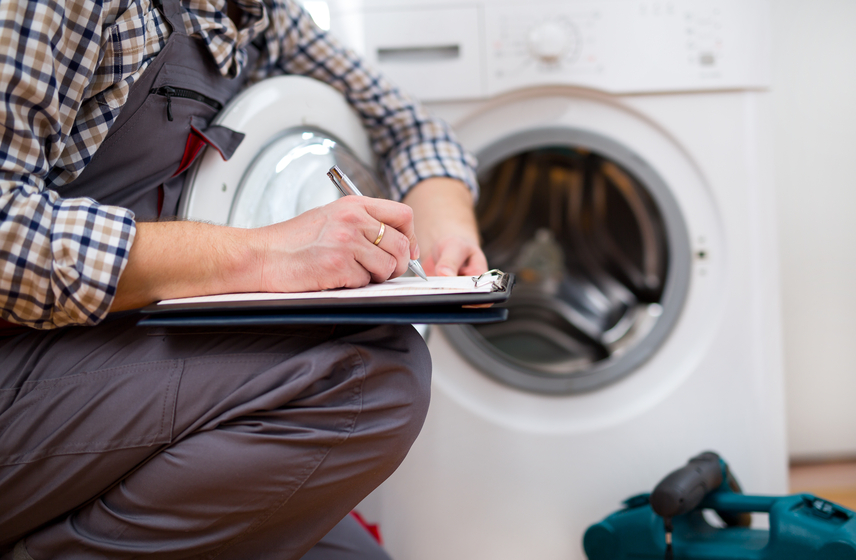
 Autumn is normally a time when appliance shoppers think ahead to the holiday season and try to purchase new appliances before guests arrive and families gather for a holiday meal. But this isn’t a normal time, and as anyone in the market for a major appliance has probably heard, they might have to wait additional weeks before their preferred appliance model can be delivered. The slowdown is a result of many factors, including the COVID-19 pandemic, which has increased demand for appliances as consumers, who are spending more time than ever at home, are taking steps to bring
Autumn is normally a time when appliance shoppers think ahead to the holiday season and try to purchase new appliances before guests arrive and families gather for a holiday meal. But this isn’t a normal time, and as anyone in the market for a major appliance has probably heard, they might have to wait additional weeks before their preferred appliance model can be delivered. The slowdown is a result of many factors, including the COVID-19 pandemic, which has increased demand for appliances as consumers, who are spending more time than ever at home, are taking steps to bring 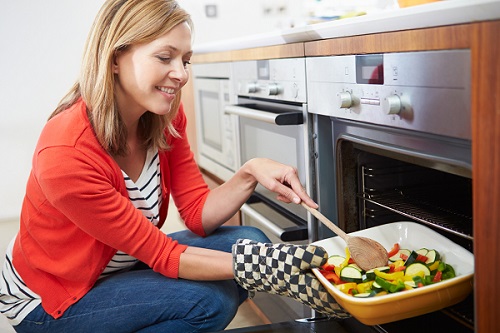
 From making healthy eating easier to cutting down on sneeze-inducing allergens, appliances can be used to drive healthy habits and create a healthier home environment. Here are five ways home appliances can be used to make your home healthier today:
From making healthy eating easier to cutting down on sneeze-inducing allergens, appliances can be used to drive healthy habits and create a healthier home environment. Here are five ways home appliances can be used to make your home healthier today: Grilling on Independence Day is a tradition for many. And while the aroma of grilled food wafting through backyards and neighborhoods is a time-honored part of the July 4th experience, cooking outdoors isn’t always an option. The good news is you can still create plenty of culinary fireworks right in your kitchen. We talked with Chef Thomas J. “TJ” Delle Donne, assistant dean of culinary relations and special projects at Johnson and Wales University in Providence, Rhode Island, to get his insights on planning and executing a Fourth of July meal without the grill.
Grilling on Independence Day is a tradition for many. And while the aroma of grilled food wafting through backyards and neighborhoods is a time-honored part of the July 4th experience, cooking outdoors isn’t always an option. The good news is you can still create plenty of culinary fireworks right in your kitchen. We talked with Chef Thomas J. “TJ” Delle Donne, assistant dean of culinary relations and special projects at Johnson and Wales University in Providence, Rhode Island, to get his insights on planning and executing a Fourth of July meal without the grill.
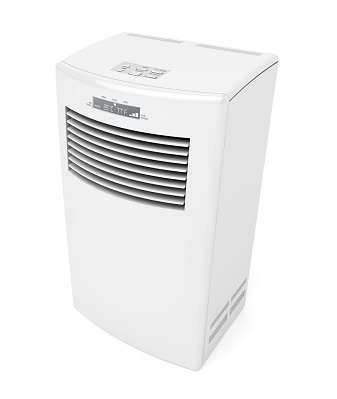
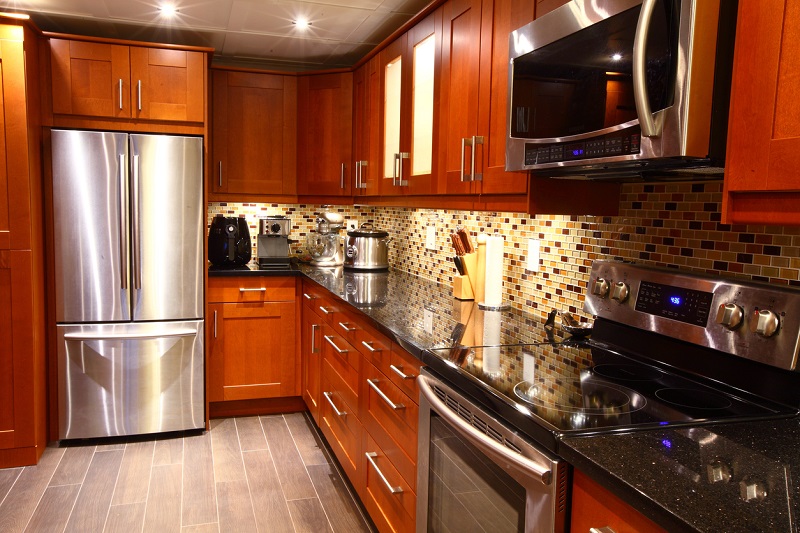 What comes to mind when you think about the kitchen of the future? Robotic servers? Automated cleanup?
What comes to mind when you think about the kitchen of the future? Robotic servers? Automated cleanup?
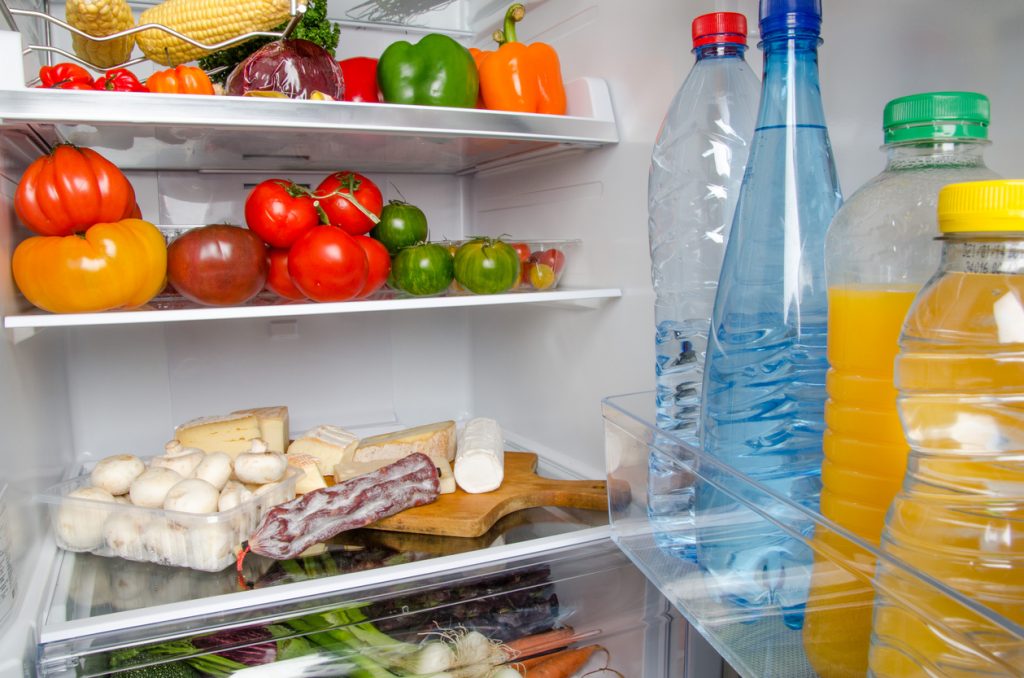
 Paula Kennedy, Timeless Kitchen Design, Seattle
Paula Kennedy, Timeless Kitchen Design, Seattle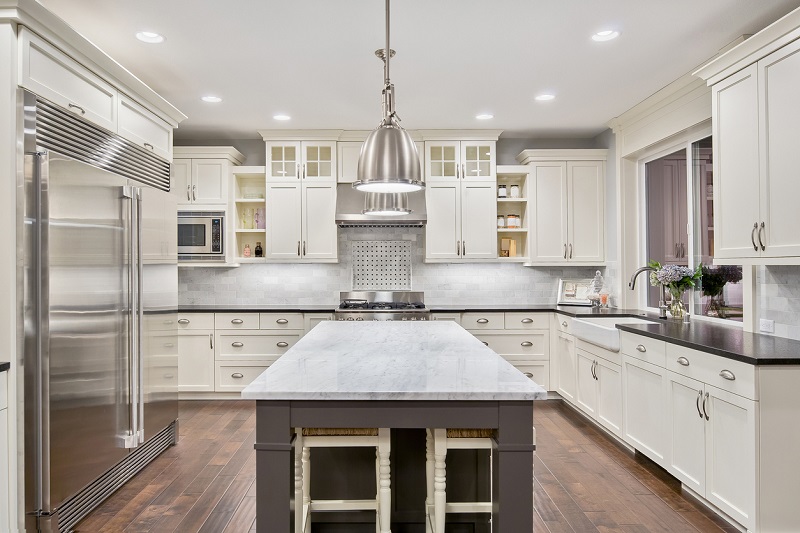 Toni Sabatino, Toni Sabatino Style, New York
Toni Sabatino, Toni Sabatino Style, New York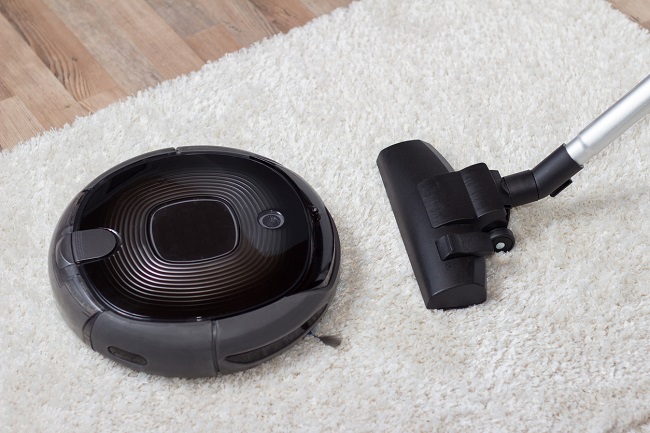 Do robots live among your appliances? There’s a growing chance at least one type does. Sales of robotic vacuums and cleaning robots
Do robots live among your appliances? There’s a growing chance at least one type does. Sales of robotic vacuums and cleaning robots  The hundreds of robotic vacuum models on the market offer different features. They use different methods to find their way around a room, using laser, cameras or infrared sensors. They may have different work capacities or perform better on certain surfaces. Some models use lithium ion batteries, others use nickel metal batteries.
The hundreds of robotic vacuum models on the market offer different features. They use different methods to find their way around a room, using laser, cameras or infrared sensors. They may have different work capacities or perform better on certain surfaces. Some models use lithium ion batteries, others use nickel metal batteries.